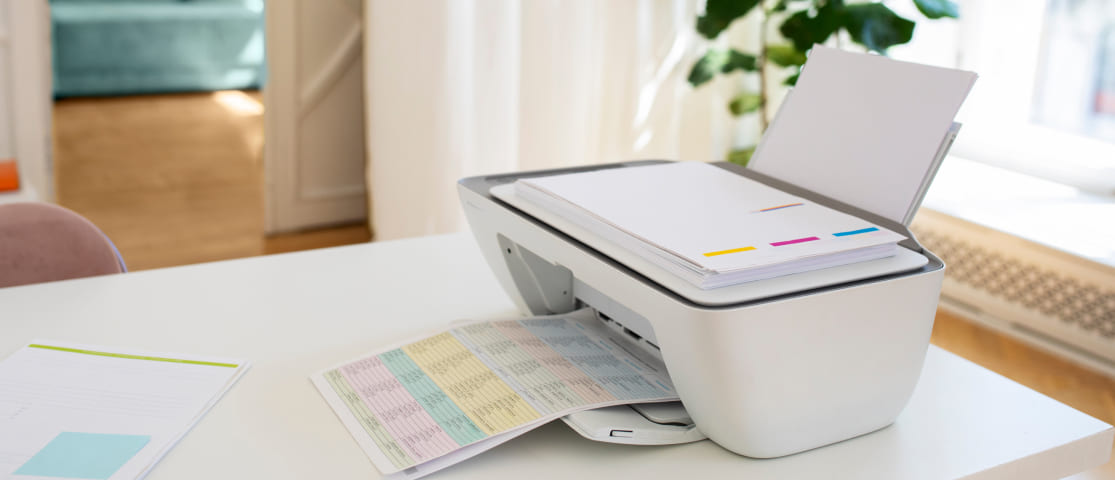
Fixing Faded, Blurry, or Patchy Prints—Made Easy
Is your printer producing documents that look light, streaky, or just plain messy? Poor print quality is a common issue, but it doesn’t mean your printer is failing. In many cases, a few simple steps can bring your prints back to crisp, clean condition. This blog covers practical ways to fix faded, blurry, or uneven print results—right from home.
1. Check Your Ink or Toner Levels
- Open your printer software or check the display panel for ink/toner levels.
- If a cartridge is low, replace or refill it.
- Always install cartridges properly to avoid misalignment or leakage.
2. Clean the Printhead or Nozzles
- Use your printer’s built-in cleaning utility (usually found in printer settings on your computer).
- Run a printhead cleaning followed by a nozzle check.
- Repeat the process once or twice for improved results, but don’t overdo it.
3. Run an Alignment Test
- Go to your printer’s maintenance or tools section.
- Select Align Printhead or Printhead Alignment.
- Follow the prompts and allow the printer to auto-adjust.
4. Use the Right Paper Type
- Make sure the paper matches the type selected in the print settings (e.g., photo paper, plain paper).
- Avoid damp or curled paper—it affects ink absorption.
- Try switching to a higher-grade paper for better results.
5. Adjust Print Settings for Better Output
- Go to the print dialog box before printing.
- Choose Best or High Quality under print preferences.
- Disable “Fast/Draft Mode” if enabled—it saves ink but reduces quality.
6. Prevent Ink Dry-Out with Regular Use
- Print a test page or document every 1–2 weeks.
- Store the printer in a cool, dust-free environment.
Common Signs of Print Quality Issues
- Faded text or images: Low ink or clogged nozzles
- Lines or streaks: Dirty or misaligned printhead
- Blurry output: Wrong paper settings or misalignment
- Color mismatch: Low color ink or incorrect paper type
Conclusion
Print quality issues can often be solved in minutes with a bit of cleaning, checking, and tweaking. You don’t need tools or technicians—just a little guidance and a test page or two. For detailed solutions by printer model or issue type, check out more blogs right here on Ink Cures.
